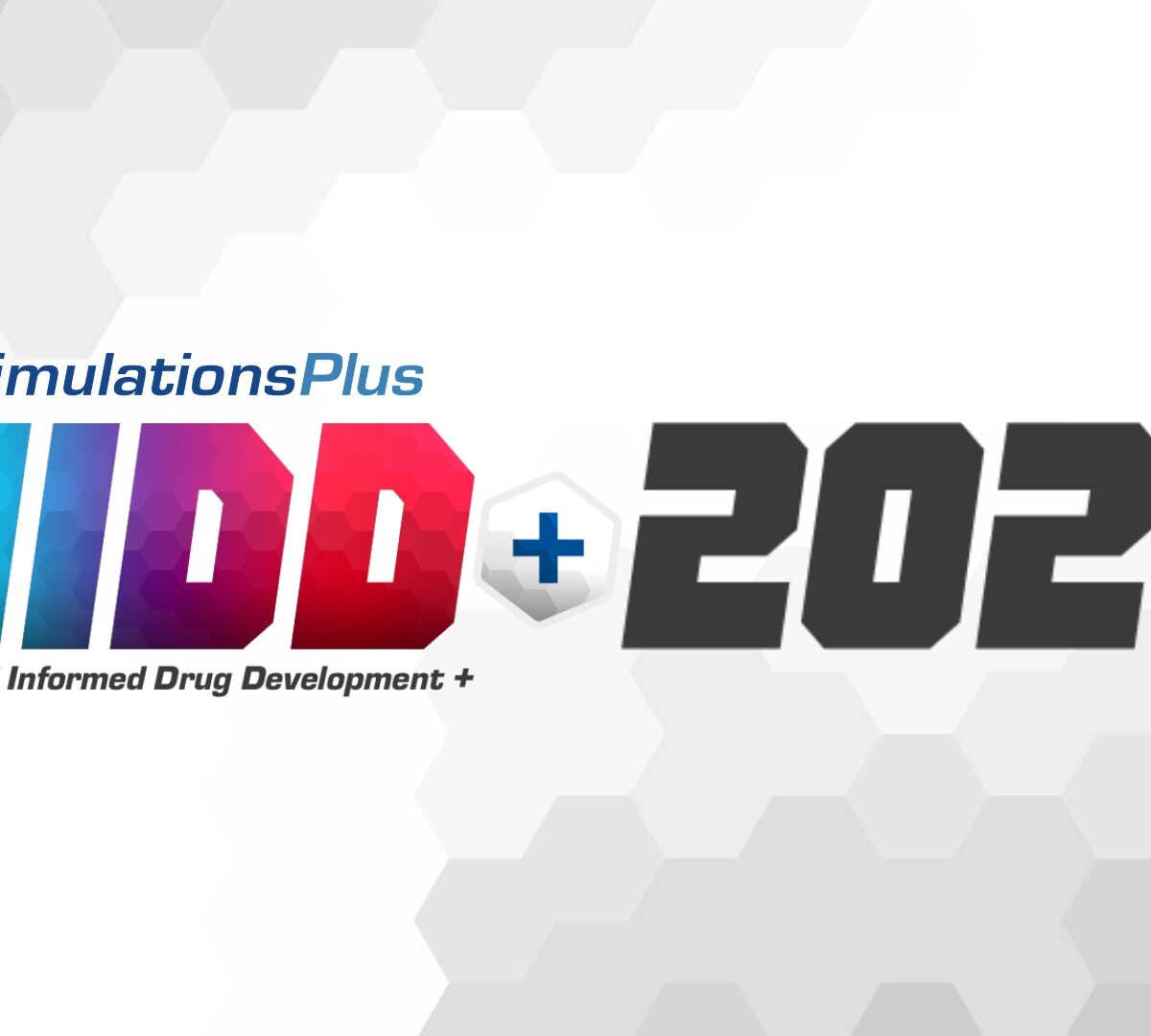Live Q&A with James Clary, Jeff Woodhead, Lara Clemens, Lisl Shoda, Maxime LeMerdy, Nader Hamzavi, Scott Q. Siler.

Discovery Track: Pushing the Boundaries Beyond – NextGen Session Panel Discussion and Live Q&A
Live Q&A with David Miller, Marvin Waldman, Michael Lawless, Pankaj R. Daga, Phyo Phyo Kyaw Zin, and Robert Fraczkiewicz.

Pre-Clinical Track Poster Presentation: Simulations using BIOLOGXsym demonstrate hepatotoxic potential of Tocilizumab through both on- and off-target effects
Presented by Lara Clemens at SLP MIDD+ Virtual Conference February 16th-17th, 2022

Discovery Track Poster Presentation: Modeling tautomer preference
Presented by Marvin Waldman at SLP MIDD+ Virtual Conference February 16th-17th, 2022

Pre-Clinical Track Poster Presentation: QST Modeling of Drug Induced Acute Proximal Tubule Epithelial Cell Injury and Associated Renal Hemodynamic Responses
Presented by Nader Hamzavi at SLP MIDD+ Virtual Conference February 16th-17th, 2022

Discovery Track: How we leverage automation for data mining, preprocessing & curation
Presented by Phyo Phyo Kyaw Zin at SLP MIDD+ Virtual Conference February 16th-17th, 2022

Pre-Clinical Track: Ophthalmic clinical pharmacokinetic/pharmacodynamic prediction using PBPK model validated against preclinical datasets
Presented by Maxime LeMerdy at SLP MIDD+ Virtual Conference February 16th-17th, 2022

Discovery Track: AIDD with external models
Presented by Michael Lawless at SLP MIDD+ Virtual Conference February 16th-17th, 2022

Pre-Clinical Track: Translational Modeling of Relapsing Mouse Models to Inform Regimen Selection in Tuberculosis
Presented by James Clary at SLP MIDD+ Virtual Conference February 16th-17th, 2022

Discovery Track: Modeling CYP sites of metabolism in ADMET™ Predictor
Presented by Pankaj R. Daga at SLP MIDD+ Virtual Conference February 16th-17th, 2022

Simulations Plus University+ Program
The University+ program offers one-year access to Simulations Plus software to students and educators at accredited universities worldwide. Learn more from Divisional President, John DiBella.

Discovery Track: HTPK simulations using the new REST API + platform update
Presented at SLP MIDD+ Virtual Conference February 16th-17th, 2022

Welcome to the 2022 MIDD+ Scientific Conference and Keynote Speaker
Welcome and Introductions hosted by Arlene Padron.

February 2022 GastroPlus Newsletter
MIDD+ 2022 starts tomorrow... please register now! We are fast approaching 1000 registered attendees!

Discovery of ASP5878: Synthesis and structure–activity relationships of pyrimidine derivatives as pan-FGFRs inhibitors with improved metabolic stability and suppressed hERG channel inhibitory activity
Fibroblast growth factor receptor 3 (FGFR3) is an attractive therapeutic target for the treatment of bladder cancer patients harboring genetic alterations in FGFR3.

Estrogenic Activity of Tetrazole Derivatives Bearing Bisphenol Structures: Computational Studies, Synthesis, and In Vitro Assessment
The classification of bisphenol A (BPA) as an industrial endocrine disruptor has led to a ban of this ubiquitous critical starting material from food and medical applications.

Predicting nonlinear relationships between external and internal concentrations with physiologically based pharmacokinetic modeling
Although external concentrations are more readily quantified and often used as the metric for regulating and mitigating exposures to environmental chemicals, the toxicological response to an environmental chemical is more directly related to its internal concentrations than the external concentration.

Simulations Plus to Present at the BTIG MedTech, Digital Health, Life Science & Diagnostic Tools Conference
Simulations Plus, Inc. (Nasdaq: SLP), a leading provider of modeling and simulation software and services for pharmaceutical safety and efficacy, today announced that management will be participating in BTIG’s MedTech

